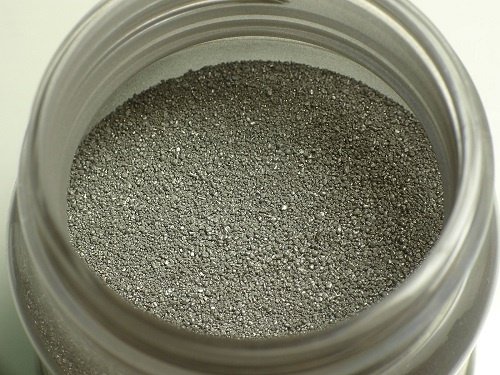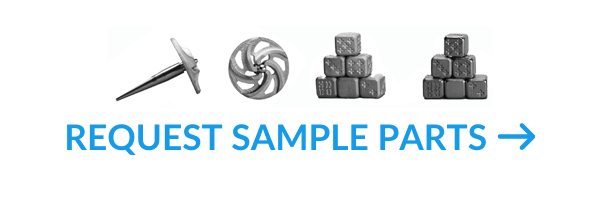Metal 3D printing has come a long way in the past few years, but there is still plenty of room for the technology to develop. Additive manufacturing has grown to over a $5 billion industry and is showing no signs of slowing down. Over the next few years, we are likely to see advances in several key areas of metal additive manufacturing given the widespread R&D investment across the industry. These advances will be critical for wider spread adoption of metal additive manufacturing and for sustaining its current growth trajectory.
Materials
The range of metal powders currently available for additive manufacturing is somewhat limited, especially for powder bed fusion processes such as laser sintering. The restrictions typically relate to the particle size and distribution, meaning they can only use a small portion of the total powder that is created through existing metal powder production processes, and the result is a premium price. Advances relating to the use of lower cost metal powder feedstocks are helping to bring down the overall cost of metal additive manufacturing.
Even more interesting, the rapid material cooling associated with additive manufacturing means new alloys can be explored by material scientists. Alloys not currently being used due to not being compatible with traditional manufacturing may now be explored. It is likely that alloys currently on the shelf might find new life in additive manufacturing and represent new possibilities for metal manufacturing.
Process Controls
Creating uniform part properties throughout a build is a constant challenge for most metal additive manufacturing technologies. Over the next few years, we will see a sharp increase in the number of sensors and equipment monitoring a build and capturing data. This data can then be used when a defect is detected during a post-production quality inspection. The engineers can search for the data related to the defect and see why the part failed, with the eventual hope that real-time monitoring can detect manufacturing abnormalities before a part is even completed.
Design
Design for Additive Manufacturing (DFAM) is starting to gain traction but there is still a long ways to go before we see widespread adoption in traditional manufacturing companies. Beyond the largest industrial conglomerates, many industrial manufacturing companies are just dipping their toes in the water with metal additive manufacturing via rapid prototyping. The next step for metal additive manufacturing towards full production is for engineers to begin designing parts with the unique part geometries in mind from the start, rather than the other way around and trying to figure out how to use 3D printing to make parts that were originally designed for traditional manufacturing.
The Future Looks Bright
In the modern hype cycle of additive manufacturing, the initial high was in 2012 when the media began touting that 3D printing would make traditional manufacturing of all kinds irrelevant in a just a few short years. When that didn’t come to pass, the technology bottomed out in the Trough of Disillusionment and stayed there for a few years. The industry has been hard at work pulling itself out of the Trough and up the Slope of Enlightenment through hard work and lots of R&D dollars. This work will continue to payoff as we see large steps forward with new materials, better process controls, and wider adoption of DFAM across the manufacturing landscape. All of this will combine to bring additive manufacturing into nearly every factory of the future.



